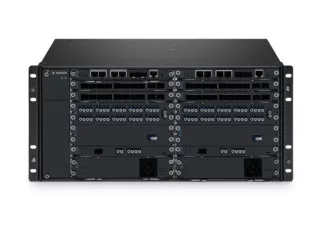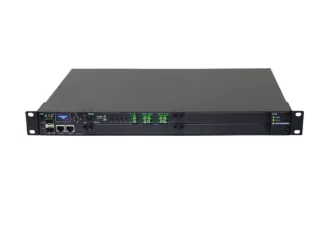Fiber Optic Communication Data Links
A fiber optic data link is a communication system that connects inputs and outputs (I/O) from electronic subsystems and transmits those signals over optical fiber. It consists of fiber optic transmitters and receivers at either end of a fiber optic link. In operation, the fiber optic data link receives an electrical signal input, converts it into an optical signal via a transmitter, including a laser with driving electronics, and sends the light through an optical fiber. At the receiving end, a receiver converts the optical signal back to an electrical signal using a photodetector, amplifies it with receiver circuitry, and converts it to an electrical signal with similar characteristics to the input electrical signal. In typical applications, bidirectional data transmission is required between the two ends. The signal traveling down the fiber often incurs loss, which can be compensated for with fiber amplifiers (EDFAs), and accumulates chromatic distortions that can be compensated for by dispersion compensators (DCMs) along the fiber link. Fiber optic data links may transmit signals that are either analog or digital. The analog system is often called RF Over Fiber and is used primarily for Radars, while the digital system is referred to as the Physical Layer for internet traffic. A typical data link consists of two fiber cables, one for each direction, or a single fiber cable with bidirectional transmission. Single-mode fiber is used for long-distance transmission, while multimode fibers are often used for short distances without encountering optical interferences at each connection. Power budget is a key parameter of a datalink, which is the difference between the transmitter’s output power and the receiver’s input power requirements. The receiver has an operating range determined by the signal-to-noise ratio (S/N) in the receiver. The S/N ratio is generally used for analog links, while the bit-error-rate (BER) is used for digital links. BER is practically an inverse function of S/N. Agiltron produces turnkey high-speed fiber optic data links of both analog and digital signal transmissions over fibers, with data rates of up to 100GHz. Our systems are highly flexible and reconfigurable to meet all application scenarios. We strive to provide cost-effective solutions.



